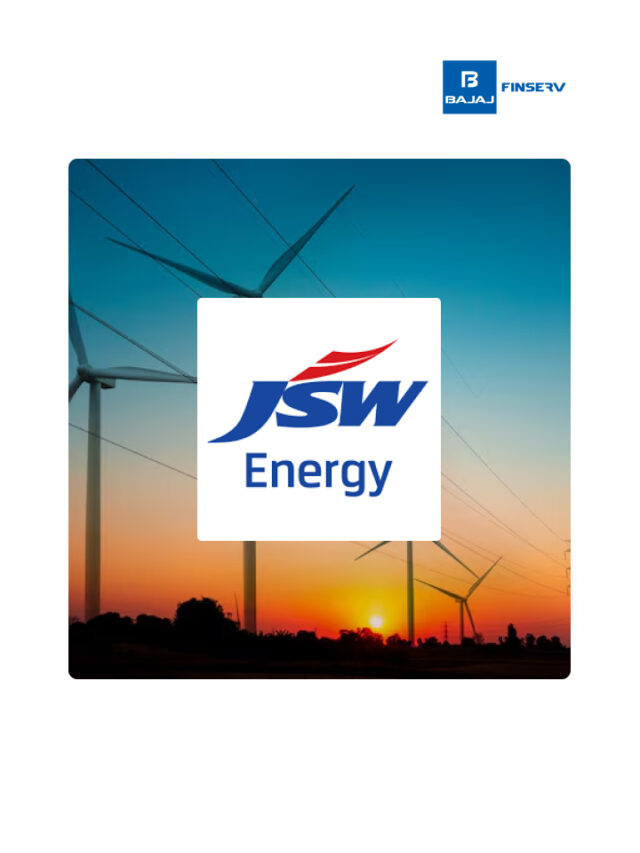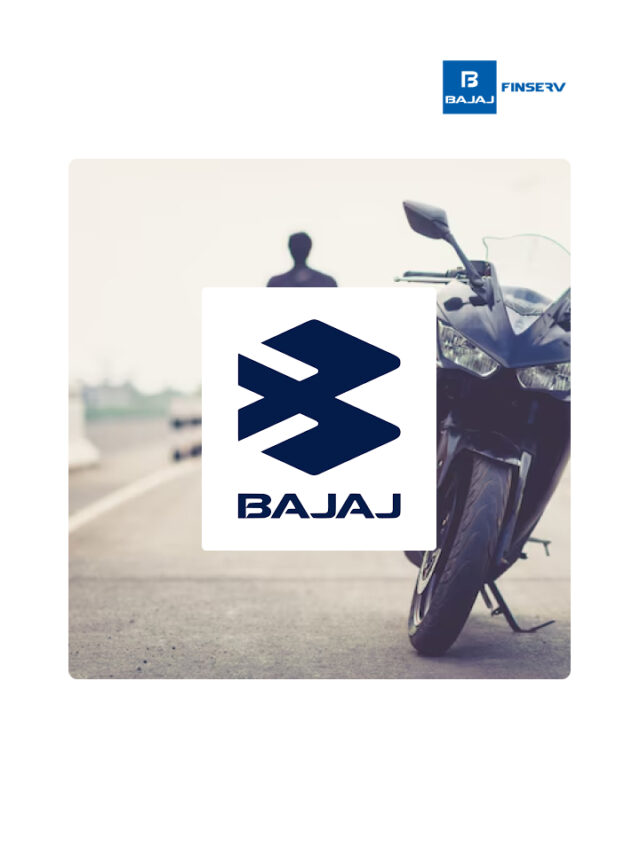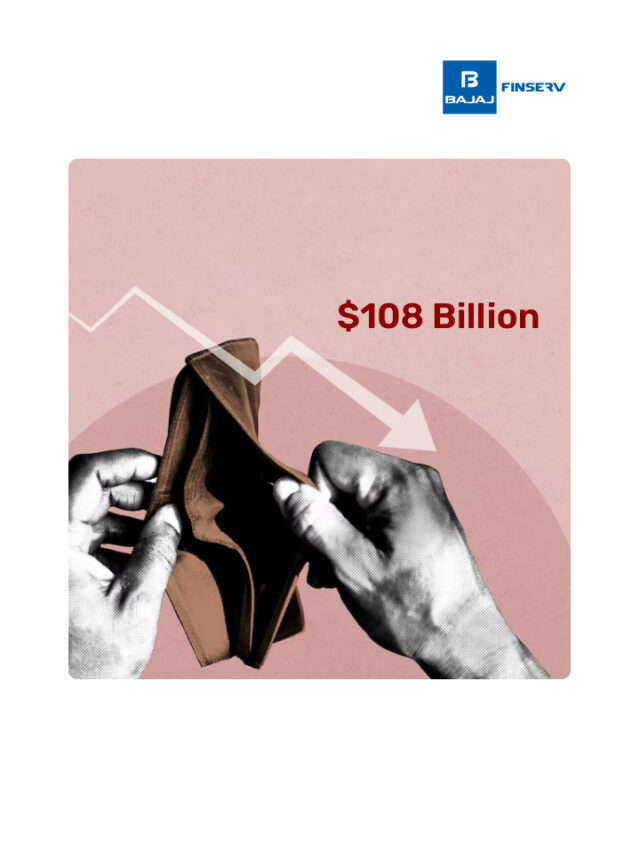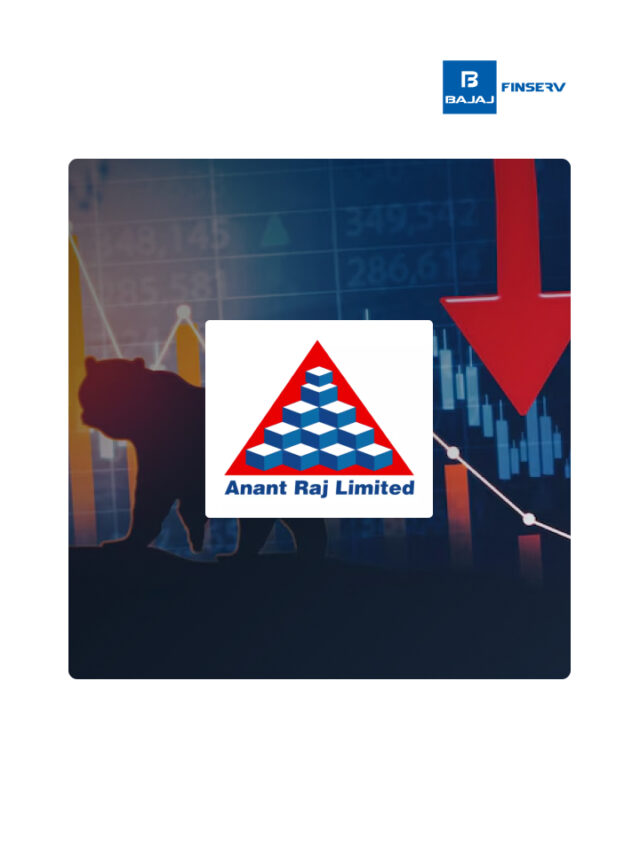What Is a Dividend and How Do They Work?
Last Updated on December 13, 2023 by BFSLTeam BFSLTeam

Investing in the stock market can be a thrilling journey, often filled with complex terms that can confuse even seasoned investors. One term that consistently surfaces is “dividend.” Understanding what is a dividend in stock is crucial for anyone looking to enter the world of investments. In simple words, a dividend is a company’s way of thanking its shareholders by distributing a portion of its earnings to them. In India, with the growing interest in share market investments, understanding the concept of dividends on shares can significantly impact your financial strategy.
This blog aims to explore dividends in stocks, explain their workings in the share market, and guide you through their different types and significance.
Table of Content [hide]
What is a Dividend in the Stock Market?
By acquiring shares of a company, you essentially gain ownership of a fractional segment of that enterprise. Being a shareholder, you stand to benefit from the company’s profitable ventures, with your portion of the profits being allocated through dividends. However, it’s important to note that not every company distributes dividends; typically, those that do are well-established organisations with a consistent history of profit generation. Dividends in stocks are indicative of a company’s health and management’s confidence in its financial stability. They serve as a regular income for investors, which could be appealing for someone seeking earnings from their investments without selling their shares.
Additional Read: How to Identify High Dividend Paying Stocks?
Exploring the Various Kinds of Dividends
Understanding the types of dividends can help you make informed decisions about where to invest:
- Cash Dividends: These are the most typical dividends, where companies transfer a portion of their earnings to shareholders in cash, directly reflecting in their bank accounts.
- Stock Dividends: Instead of cash, companies might issue extra shares to existing shareholders. This means you get more shares of the company without any additional cost, proportional to the shares you already own.
- Special Dividends: Occasionally, a company might distribute extraordinary profits as special dividends. These are not regular and can occur, for instance, after the company sells a division or has unusually high profits.
- Interim Dividends: Paid before a company finalises its full-year financial results, interim dividends are like advance payouts based on the company’s predicted performance.
- Final Dividends: Announced at the end of a fiscal year and subject to shareholder approval during the AGM, final dividends are paid out once the company has a clear picture of its annual profits.
Why Buy Dividend Stocks?
Dividends in stocks are attractive for several reasons:
- Reliable Income: For many investors, particularly those looking for passive income or retirees, dividends offer a predictable income stream.
- Reinvestment Opportunities: Dividends can be reinvested to purchase more shares, compounding your investment over time.
- Corporate Health Indicator: Regular dividends are often a sign of a company’s strong financial health and management’s confidence in future earnings.
- Favourable Taxation: With the introduction of the new tax regime, dividend income is taxable; however, it might still present a more favourable tax situation compared to other investment incomes for some investors, depending on their respective tax slabs.
How Are Dividends Paid Out?
The dividend payout process is systematic:
- Declaration Date: The company officially declares a forthcoming dividend payment, detailing the dividend per share, the ex-dividend date, and the precise payment date.
- Ex-Dividend Date: This is the cutoff for being on the company’s books to receive the dividend. If you buy the stock on or after this date, you won’t be eligible for the declared dividend.
- Record Date: On this date, the company reviews its records to identify who the current shareholders are. Only those registered as shareholders by this date will receive the dividend.
- Payment Date: This is when the company distributes the dividend to the shareholders. The payment can be made via direct bank transfers or cheques, depending on the company’s payout method.
In India, SEBI mandates guidelines that companies must follow in terms of dividend declarations and payments, ensuring transparency and fairness for investors.
How to Evaluate Dividends?
When considering dividends on shares, keep these pointers in mind:
- Dividend Yield: This metric measures the yearly dividend given for each share against the present price of the stock. A higher yield may catch your eye, but it’s essential to evaluate the longevity of such dividend payments.
- Payout Ratio: This metric shows what portion of the net income is paid out as dividends. A very high payout ratio may not be sustainable in the long term.
- Track Record: Companies with a consistent and possibly increasing dividend payout history are typically more attractive.
- Earnings Stability: Assess if the company has stable and consistent earnings to maintain dividend payments without compromising its financial stability.
- Sector Analysis: Certain sectors are known for paying dividends (like utilities), while others seldom do (like tech startups). Understanding sector trends can guide you in setting realistic expectations.
Conclusion
The journey through the meaning of dividends in the share market reveals that dividends can play a strategic role in your investment portfolio. Whether it’s the appeal of regular income, the potential for reinvestment, or the stability they may indicate about a company, dividends in stocks are a multifaceted element of investing.
Disclaimer: Investments in the securities market are subject to market risk, read all related documents carefully before investing.
This content is for educational purposes only.










